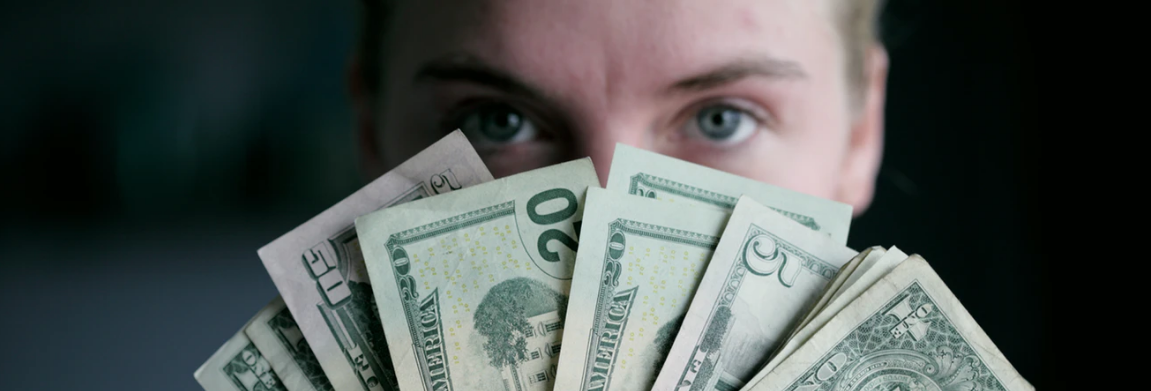

However there are many stones that are in the slate family commercially speaking (they have similar characteristics and are sold under the umbrella term of ‘slate’). OK, well most slate is pretty colour fast and I would not expect bleach to damage it. IF this is the case then, in theory cleaning the entire face of the slate in a similar fashion may make it uniform in appearance – I would want to rule out the first possibilities before embarking on this though. It might be that the lines you see are ‘clean lines’ the surface of the slate could have some kind of build up, or patina of polish or just the fact that it has been the ‘exposed to the elements’ face of the stone for a long time. If the slate itself has bee damaged in some way, (I guess a strong bleach could in theory etch a slate if the slate was susceptible to that) then it could be much harder to achieve anything. Hopefully this is the case as you may well be able to repair that, if you can identify from the slate installer what was used. Slate dishwasher? – OK, obvious question, has the slate been treated with anything? Any kind of sealer or shine/gloss finish? What could be happening is that the bleach cleaner has damaged some kind of surface treatment, rather than the stone itself.
Clean slate taxes update#
Update 22/01/13 – Check out this case study on cleaning slateĬopyright Ian Taylor and The Tile and Stone .uk, 2013. For this, we recommend using a high alkaline cleaner. This will clean the slate but it won’t damage the stone, grout or the sealer used.Ħ. Wash the slate regularly intervals using a mild, neutral cleaner. You shouldn’t leave strong contaminants such as coffee or wine to dwell on a slate floor.ĥ. Mop up and soak up isolated spillages as they happen.

This will also help remove grit from the surface of the floor.Ĥ. Sweep and vacuum the slate floor regularly. Ideally, place a dust mat both inside and outside the room which will help remove grit from shoes and prevent it from spreading to the slate floor.ģ. You must eliminate all grit – this is the major cause of all wear to slate floors. Alternatively, you can use a coating sealer for a pleasant low sheen gloss which really helps any ongoing cleaning.Ģ. Or, if you prefer the look of wet slate, in so far as the darker colours, but still want a natural, mat, no-sheen finish, then look a good quality enhancing sealer such as Enhance ‘N’ Seal. Ensure your slate is protected with a high-quality sealer: either an impregnating sealer such as Seal Gold+ which will give you a natural look with a mat finish and below surface stain protection. Here’s an Expert’s 6 – Step Guide to Cleaning Slate:ġ. For everyday cleaning, I’d recommend using a mild, neutral cleaner. I would recommend using a strong alkaline cleaner such as Xtreme Clean for periodic intensive cleaning. In most other situations where you have, for example, general dirt and grime, wax, oil or a general build-up of old polishes etc. Beware though as any acid cleaner may etch the grout also. If it is, you would be advised to use a mild acid cleaner such as one based on phosphoric acid, for example, Grout Haze Plus.

Grout staining, cement, rust or general dirt. So, how do we go about cleaning our slate floor?įirst, you need to check whether the contaminant is mineral based? e.g. Slate generally has good resistance to mild acids so this gives you a much wider choice of cleaning materials than you would have with more acid-sensitive stones like limestone or marble. Undoubtedly, slate is a very popular material for flooring right now. Some of these are smooth whereas others have a textured surface.

Slate comes in many different colours and finishes. It’s vital, however,to know what kind of dirt or contaminant you are trying to remove before you can make a decision as to which cleaning product is best suitable.


 0 kommentar(er)
0 kommentar(er)
